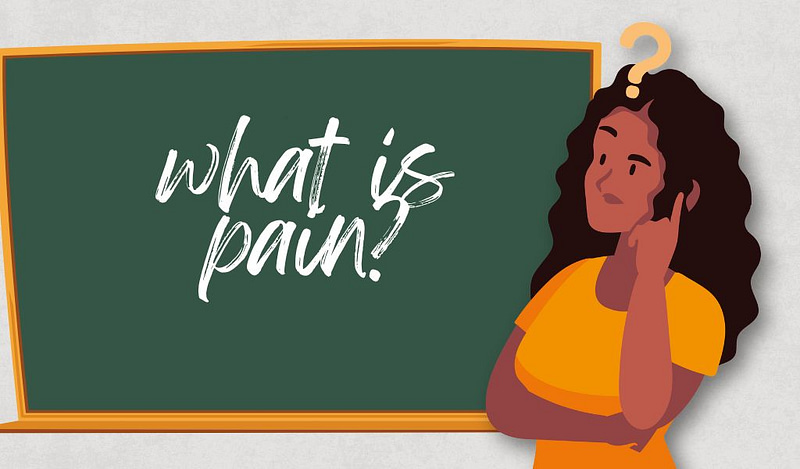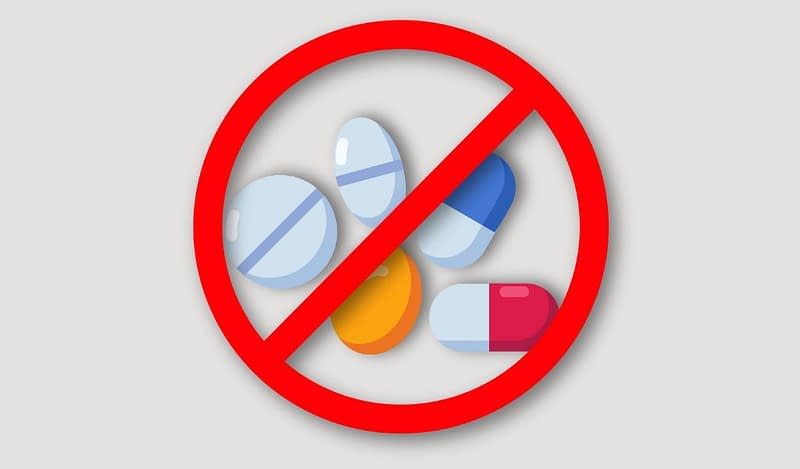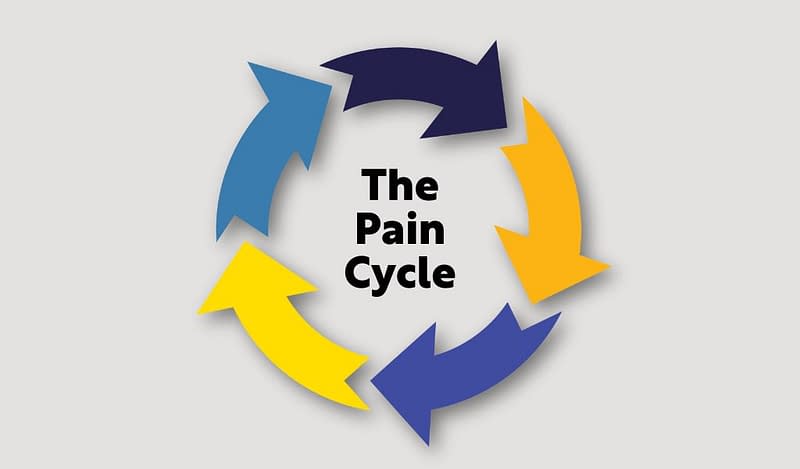- Introduction
- Section 1: Making Sense of Pain
First of all, your pain is real. If you’ve ever been told that it’s “all in your head” or made to feel like it’s
- Section 1: Making Sense of Pain
As we have seen, pain is our body’s protective mechanism, but it is influenced by many factors. There are times when we feel pain even
- Section 1: Making Sense of Pain
When we experience persistent pain, things become even more complicated. Our body’s alarm system becomes hyper-sensitive. Think of it like learning to ride a bike
- Section 1: Making Sense of Pain
Medications have often been used to help people with pain. There are various medications from over-the-counter such as paracetamol and ibuprofen, to very strong prescribed
- Section 1: Making Sense of Pain
When we have persistent pain, it can be devastating. We stop doing the things that trigger the pain, and that often means stopping doing the
- Section 2: Taking Control
When learning to live more with persistent pain, it is important to recognise that we cannot simply turn pain off and there is no quick
- Section 2: Taking Control
Your story is your own; nobody has the same story as you, and nobody has experienced the things you’ve experienced. You and only you know
- Section 2: Taking Control
“You have power over your mind, not outside events. Realise this, and you will find strength” – Marcus Aurelius “What do you want to









